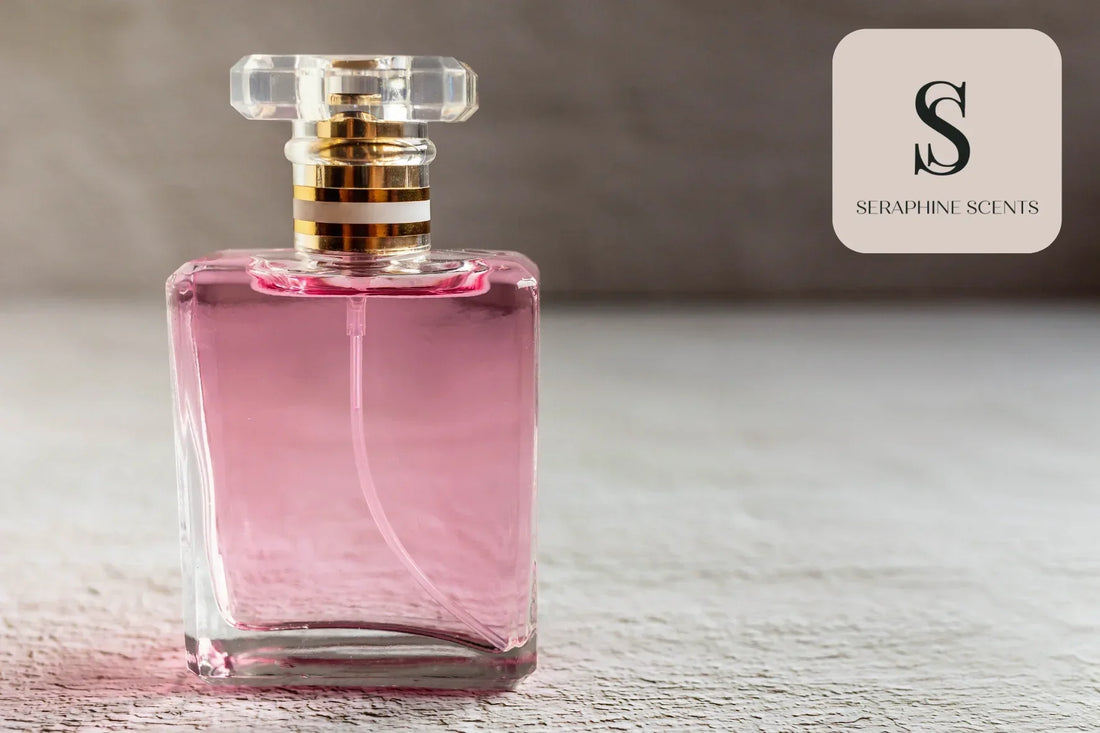
Inside Perfume Stores: How Retail Design Shapes the Way We Choose Scents
Last updated: September 2025
Step into a perfume store, and you’ll notice it’s not just about bottles on shelves. The lighting feels soft, the air carries carefully chosen notes, and the displays guide your eyes as much as your nose. Perfume stores are designed as sensory theatres, where every detail — from the decor to the tester strips — shapes the way you experience and choose a scent.
In this blog, we explore how perfume store design influences buying behavior, why it matters in Singapore and globally, and what lessons fragrance lovers can take away when choosing their own signature scents. This isn’t about where to shop — it’s about understanding how the environment itself impacts the art of perfume discovery.
The Psychology of Perfume Stores
Perfume is deeply tied to memory and emotion, and store design is carefully built to trigger these responses. Retail designers and fragrance houses know that creating the right atmosphere increases both customer comfort and engagement with scents.
- Lighting: Soft, warm lights create an intimate atmosphere, making perfumes feel more luxurious.
- Colors: Neutral or pastel shades allow bottles and branding to stand out, while bold tones suggest energy or exclusivity.
- Sound: Gentle music or curated soundscapes can slow shoppers down, giving them more time to test fragrances.
- Airflow: Proper ventilation ensures different perfumes don’t overpower each other, allowing the true character of each scent to shine.
This psychological orchestration turns browsing into an experience — one that feels less transactional and more personal.
Layout Matters: Guiding the Nose and the Eyes
Perfume stores often follow deliberate layouts that influence how shoppers move and what they smell first. Like art galleries, these layouts are meant to tell a story.
- Entry displays: New arrivals and seasonal scents are usually placed at the entrance to attract immediate attention.
- Fragrance families: Scents are organized by categories — floral, citrus, woody, oriental — making exploration easier.
- Tester zones: Central counters provide space for testing, with staff ready to guide discovery.
- Luxury corners: Premium or niche perfumes are often placed in dedicated sections to signal exclusivity.
By shaping the journey, stores guide customers from curiosity to decision without them even realizing it.
Multi-Sensory Design in Perfume Stores
Perfume shopping is not just about the nose — it’s a full sensory journey. Modern perfume stores blend multiple sensory cues to enhance engagement.
- Scent diffusion: Some stores subtly diffuse fragrances into the air to create atmosphere without overwhelming customers.
- Textures: Wooden shelves, velvet chairs, and glass displays add tactile richness.
- Visual storytelling: Luxury packaging is displayed like jewelry, highlighting craftsmanship and brand identity.
This sensory layering ensures that the experience of being in a perfume store becomes memorable, increasing the likelihood of customers sharing or revisiting.
The Role of Design in Singapore’s Perfume Stores
Singapore’s fragrance scene is unique because of its cultural blend and tropical climate. Local perfume stores often adapt design choices to suit both the weather and the multicultural customer base.
- Climate adaptation: Air-conditioned interiors provide comfort, while fresh, light perfumes are often highlighted to suit humid conditions.
- Cultural inclusivity: Stores feature a wide range of fragrance styles — from oud and sandalwood to orchids and marine notes — appealing to Singapore’s diverse population.
- Compact luxury: In a city where space is premium, stores maximize visual storytelling in smaller footprints, focusing on elegance and intimacy.
Perfume in Singapore is more than a purchase — it’s tied to identity, style, and climate. That’s why design is carefully curated to make the shopping journey both comfortable and inspiring.
Online vs Physical Perfume Stores
While physical perfume stores create rich sensory experiences, online stores like Seraphine Scents provide a different advantage: convenience, affordability, and variety. Customers in Singapore can access curated selections from best-selling perfumes to lucky finds, all without leaving home.
The future of fragrance retail isn’t one or the other — it’s a blend. Shoppers may discover scents in stores, but purchase them online for better deals and delivery convenience. This dual journey makes understanding store psychology even more important for fragrance enthusiasts.
Educational Takeaways for Shoppers
Understanding how perfume store design works can make you a smarter, more intentional fragrance shopper. Here are some educational pointers:
- Don’t rush: Stores are designed to slow you down. Take your time, but also be mindful of your own pace.
- Test strategically: Start with lighter scents before moving to heavier ones to avoid nose fatigue.
- Use neutralizers: Coffee beans or fresh air breaks help reset your sense of smell.
- Compare notes: Write down impressions — stores encourage emotional choices, but knowledge ensures better long-term satisfaction.
Perfume Stores as Cultural Spaces
Beyond commerce, perfume stores play a cultural role. They are spaces where history, art, and craftsmanship meet. Niche boutiques often serve as educational hubs, introducing customers to rare ingredients or artisanal methods. Larger retailers curate global trends, allowing Singaporeans to experience international fragrance culture without leaving the island.
Conclusion: The Store as Stage
Perfume stores are more than retail spaces — they are carefully designed stages where fragrance comes alive. By blending architecture, psychology, and sensory cues, they transform shopping into storytelling. Understanding these elements gives fragrance lovers a deeper appreciation of the artistry behind every purchase.
Whether you’re exploring boutique stores or browsing online collections like All Products at Seraphine Scents, remember that the journey matters as much as the bottle itself. The next time you step into a perfume store, notice not just what you smell, but how the space guides your discovery.

